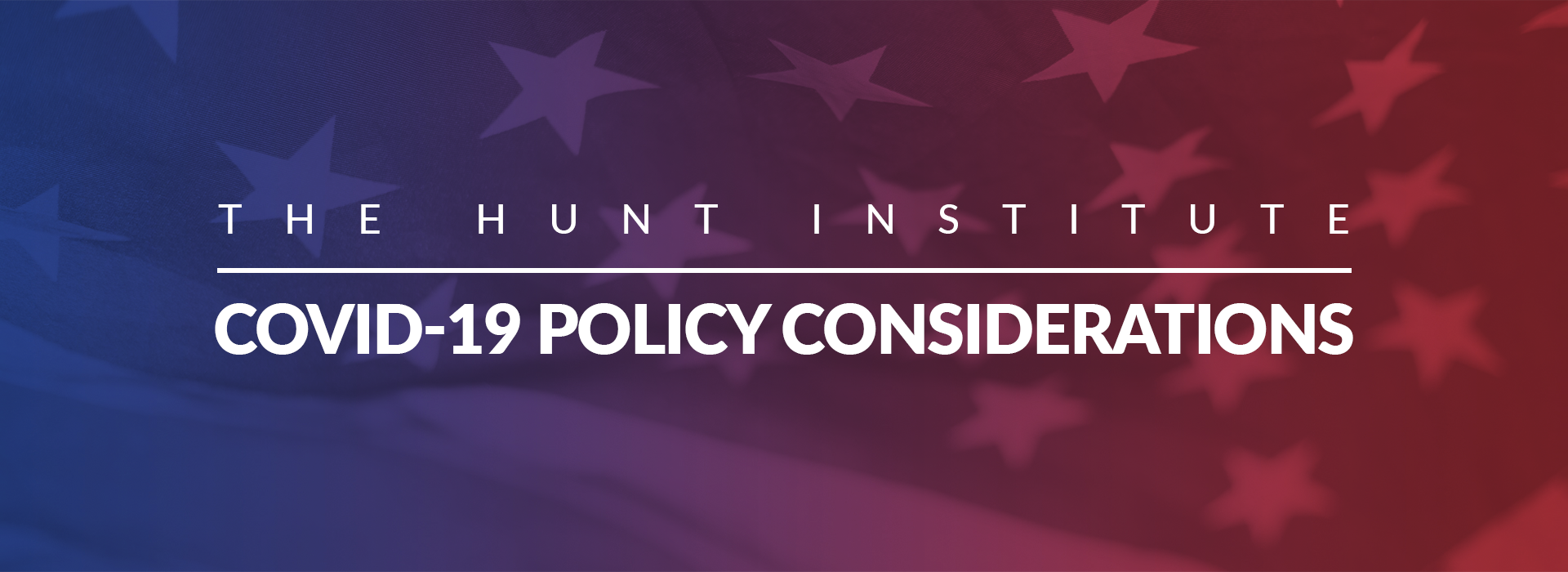

Updated: September 14, 2020
As institutions of higher education (IHEs) consider whether to reopen their physical campuses across the country, many administrators and teachers are attempting to keep coursework up and running by transitioning to online instruction. However, the capacity of schools and professors to adapt to an online learning model in a short amount of time varies greatly by IHE.
The degree of challenges faced by institutions of higher education (IHEs) during the transition to online instruction will depend on the extent to which the school has already implemented distance learning programs. For some IHEs with established frameworks and support systems for online instruction, the transition may be relatively smooth. However, for IHEs that have not implemented online instruction at scale, the transition will involve a number of hurdles. These include:
Coursework with Significant In-Person Components
Certain IHE coursework, such as laboratory-based science courses and courses that rely on hands-on demonstrations of equipment, contain portions that are difficult or impossible to adapt to an online learning environment. Many IHEs cancelled such courses for the remainder of the Spring 2020 semester, but have not yet developed contingency plans for how students will eventually complete these courses.
Equity Concerns
The shift to online learning will pose equity and access concerns, especially for the following groups of students:
Capacity of IHE Information Technology Support Staff
As many IHE instructors attempt to convert their courses into online learning models, all at the same time, there will be a significant spike in demand for IHE information technology (IT) staff support. Many instructors will need guidance on their options for learning platforms, assistance setting up platforms and transferring course materials, and ongoing troubleshooting as they familiarize themselves with the new models. Although IT staff capacity will vary by IHE, many IT departments will not be prepared for the surge in demand that will be caused by campus responses to the COVID-19 pandemic.
Standardization and Quality Control
As IHE leaders oversee a move to online learning, they will have to make decisions about how to conduct oversight of this transition. There will be a tradeoff between encouraging widespread adoption by giving discretion to instructors, and ensuring a standard level of quality across an IHE’s online course offerings. Many instructors may be familiar with a particular online learning platform (e.g. Zoom, Slack, WhatsApp) and could transfer their courses to the most familiar platform most quickly and easily. However, having courses offered across a variety of platforms makes it difficult for both IHE leaders and students to keep track of changing logins, course requirements, and information produced on learning progress.
For IHE Leaders:
Gather and Share Resources for Instructors and Students
Work to Increase Capacity of IT Support Staff
For State Policymakers:
Establish Programs to Increase Broadband Access
Remove Potential Barriers to Adopting Online Learning
← Click to access The Hunt Institute COVID-19 Resources & Policy Considerations Page